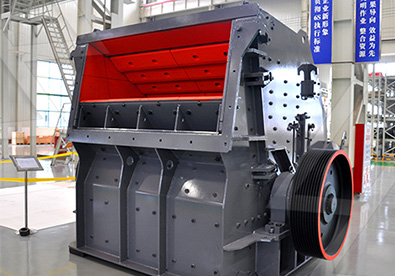A primary crusher in a gold mine is the first stage of the ore crushing process, reducing large rocks extracted from the mine into smaller, manageable pieces for further processing. Here’s a detailed breakdown:
Key Functions of a Primary Crusher in Gold Mining:
1. Size Reduction: Breaks down large ore chunks (often up to 1.5 meters in diameter) into smaller fragments (~6–12 inches) for easier handling and downstream processing.
2. Throughput Capacity: Designed to handle high volumes of raw ore to match the mine’s production rate.
3. Reliability: Must operate continuously under harsh conditions (abrasive ore, dust, and variable hardness).
Types of Primary Crushers Used in Gold Mines:
1. Jaw Crusher:
– Most common for hard-rock gold ores.
– Uses compressive force between fixed and moving jaws.
– Ideal for high-tonnage operations (e.g., 500–1,500 tph).
2. Gyratory Crusher:
– Preferred for large-scale mines with high ore volumes.
– Higher capacity than jaw crushers but more expensive.
– Suited for abrasive ores (e.g., quartz-rich gold deposits).
3. Impact Crusher (Less Common):
– Used for softer ores or recycled material.
– Not typical for hard-rock gold mining but may appear in heap-leach operations.
 Key Considerations for Selection:
Key Considerations for Selection:
– Ore Characteristics: Hardness (e.g., quartz vs. sulfide ores), moisture content, and clay presence.
– Feed Size: Maximum rock size from the mine (e.g., blasted ore).
– Downstream Process: Crushed ore may go to SAG mills, ball mills, or secondary/tertiary crushers.
– Maintenance & Downtime: Gyratory crushers require more maintenance but offer higher efficiency.
.jpg) Typical Gold Ore Processing Flow After Primary Crushing:
Typical Gold Ore Processing Flow After Primary Crushing:
1. Primary crushing → Secondary crushing → Grinding (SAG/Ball Mill) → Leaching (CIL/CIP) or Gravity Separation → Refining.
Example Setup:
– A gold mine in Nevada might use a Nordberg C160 jaw crusher as the primary unit, feeding crushed ore to a cone crusher and then to a grinding circuit.
Maintenance Tips:
– Regular liner replacements (especially for abrasive o




